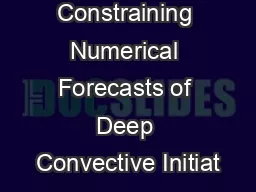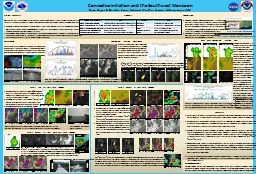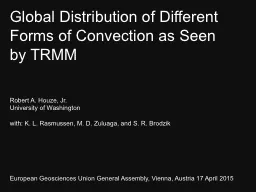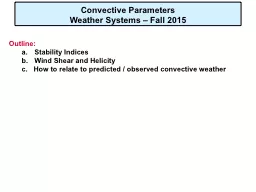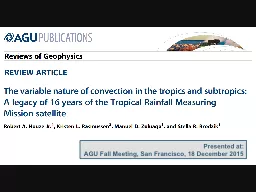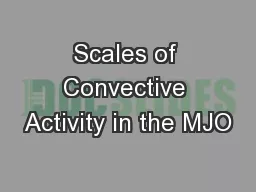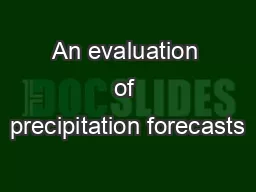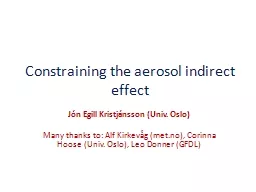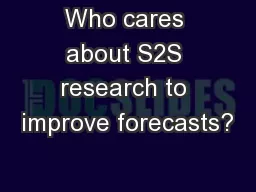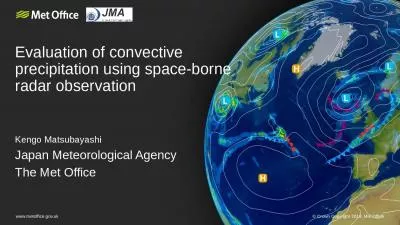PPT-Constraining Numerical Forecasts of Deep Convective Initiat
Author : min-jolicoeur | Published Date : 2017-12-04
Luke Madaus 27 May 2016 PhD Defense University of Washington Where this all began Where this all began others were thinking about this too Predicting discrete
Presentation Embed Code
Download Presentation
Download Presentation The PPT/PDF document "Constraining Numerical Forecasts of Deep..." is the property of its rightful owner. Permission is granted to download and print the materials on this website for personal, non-commercial use only, and to display it on your personal computer provided you do not modify the materials and that you retain all copyright notices contained in the materials. By downloading content from our website, you accept the terms of this agreement.
Constraining Numerical Forecasts of Deep Convective Initiat: Transcript
Download Rules Of Document
"Constraining Numerical Forecasts of Deep Convective Initiat"The content belongs to its owner. You may download and print it for personal use, without modification, and keep all copyright notices. By downloading, you agree to these terms.
Related Documents

